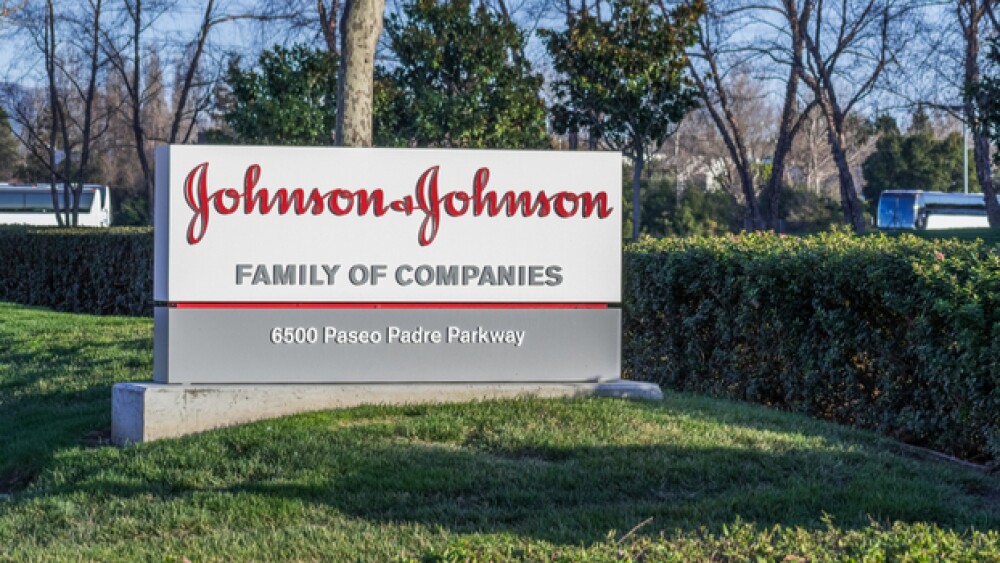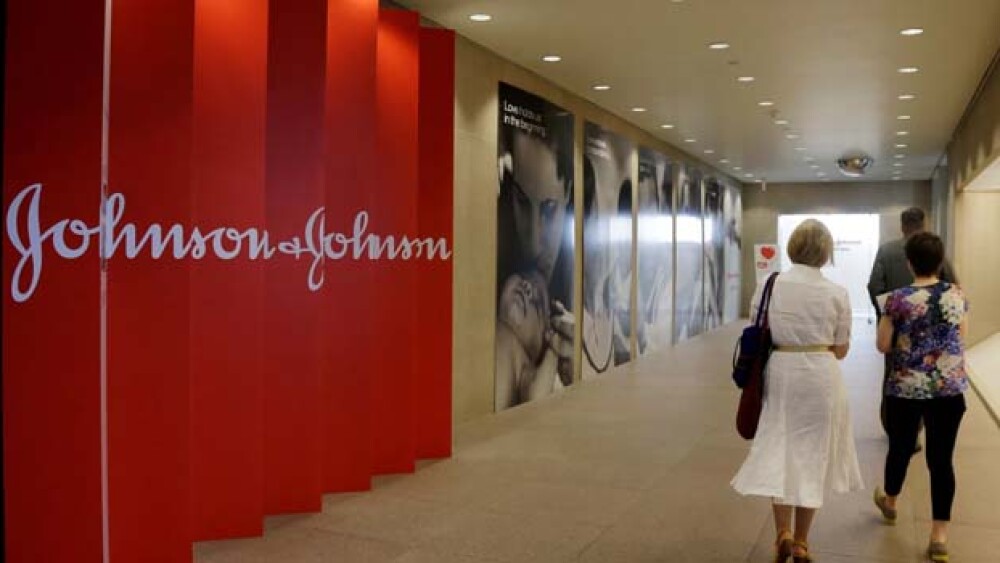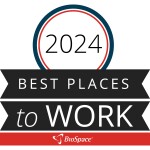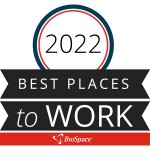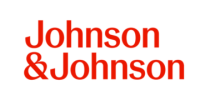
Johnson & Johnson Family of Companies
NEWS
On Tuesday, a U.S. Food and Drug Administration advisory panel overwhelmingly supported approval of the nasal spray treatment.
Darzalex (daratumumab) for intravenous infusion is approved in the U.S. in combination with bortezomib, melphalan and prednisone for patients with newly diagnosed multiple myeloma (MM) who are ineligible for autologous stem cell transplant.
On Feb. 12, a U.S. Food and Drug Administration (FDA) advisory committee will debate whether to recommend Johnson & Johnson’s esketamine spray for major depression. It may be an uphill battle, although any positive results in this extremely difficult-to-treat patient population will no doubt be taken into account.
Alexander (Sasha) Opotowsky, associate professor at Harvard Medical School and a cardiologist at Boston Children’s Hospital and Brigham and Women’s Hospital took time out to speak with BioSpace about advances in heart health, congenital heart disease (CHD), biopharma, and the Adult Congenital Heart Association (ACHA).
IDEA Pharma recently published its “Pharmaceutical Innovation Index 2018.” This report ranks biopharma companies on their ability to bring products from Phase I/II to market and then successfully commercialize them. They used a variety of sources, including company websites, third-party institutions such as clinicaltrials.gov, and syndicated and analyst reports to make their list.
Janssen Pharmaceutical, a Johnson & Johnson company, inked a worldwide collaboration and license deal with MeiraGTx to develop, manufacture and commercialize a portfolio of drugs for inherited retinal diseases.
It’s no secret that the pharmaceutical industry spends a significant amount of money lobbying state and federal governments to gain leverage that will benefit individual companies and the industry overall.
In its year-end financial report, Johnson & Johnson (J&J) predicted product sales for 2019 to range from $80.4 billion to $81.2 billion, about $1 to $2 billion below what Wall Street analysts projected. The company thinks this will largely be due to increased biosimilar competition.
Janssen Pharmaceuticals and Apple have teamed up to determine if a new app for the Apple Watch, which has a built-in electrocardiogram can improve the health of more than 30 million people with atrial fibrillation (AFib), a condition that can lead to stroke and other potentially devastating complications.
JOBS
IN THE PRESS


